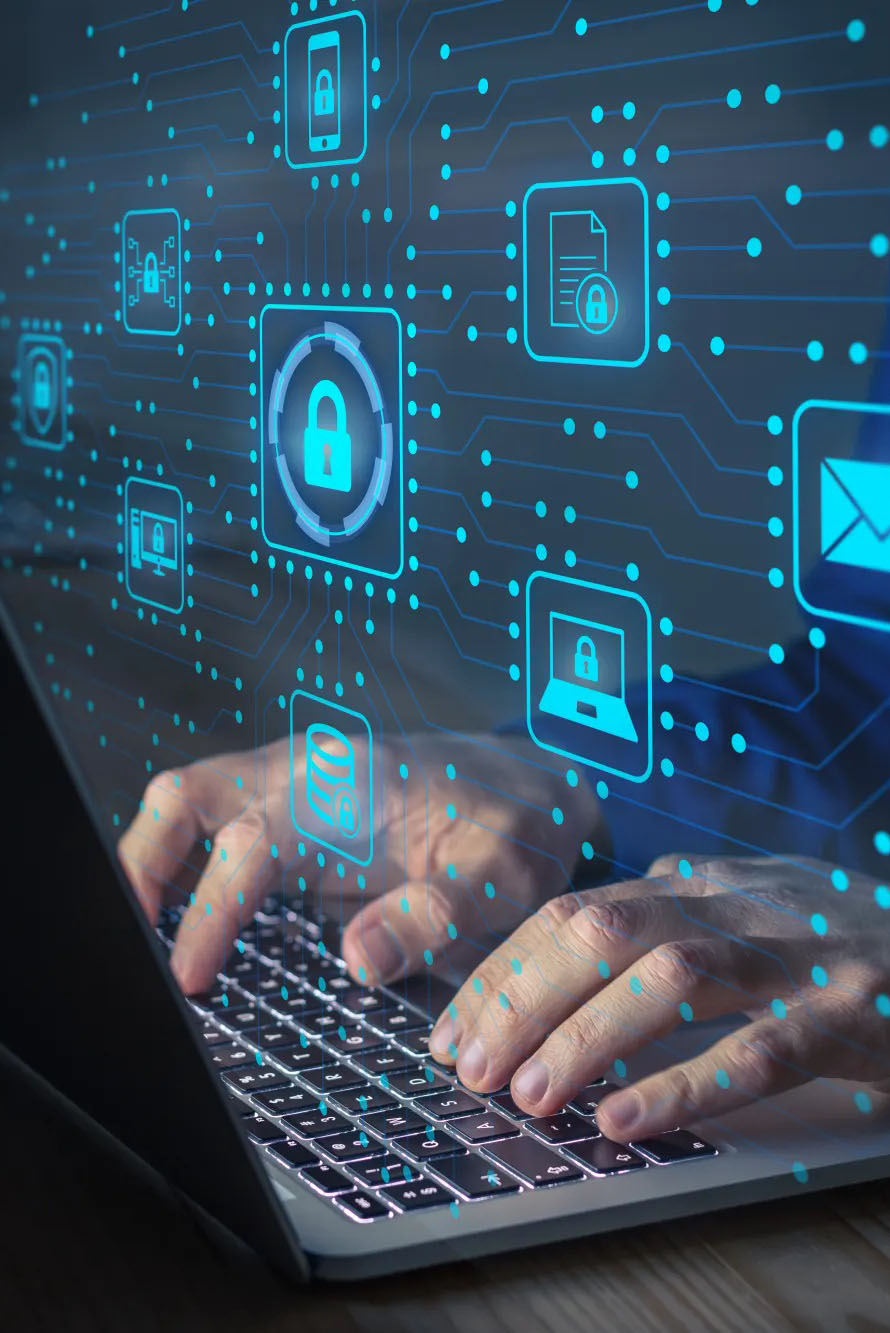In today’s digital world, the cyber threat landscape evolves faster than most businesses can keep up. From ransomware attacks and insider threats to complex supply chain breaches, organizations must actively enhance their cybersecurity posture. With AI-enabled attacks on the rise and compliance requirements becoming more stringent, working with a trusted cybersecurity service provider is more critical than ever.
Why Cybersecurity Needs to Evolve
Traditional cybersecurity measures are no longer enough. Businesses today face persistent, stealthy, and highly targeted threats. At the same time, regulatory frameworks like PIPEDA and sector-specific compliance mandates require organizations to maintain rigorous data protection standards. Business continuity, customer trust, and even insurance eligibility now depend on your ability to detect, respond to, and recover from security incidents in real time.
Organizations must shift from a reactive security approach to a proactive, strategy-led approach that integrates advanced technologies, such as SIEM cybersecurity platforms, and continuously adapts to evolving risk profiles.
15 Essential Cybersecurity Best Practices
To safeguard digital infrastructure and data assets, businesses must implement security practices that are both foundational and forward-looking. These 15 best practices cover everything from architecture to culture.
1. Implement Zero Trust Architecture
Don’t automatically trust internal or external network traffic. Verify everything. Apply least privilege principles across your systems.
2. Use Multi-Factor Authentication (MFA)
Adding another layer of identity verification reduces the risk of unauthorized access, even if a password is compromised.
3. Leverage AI for Threat Detection and Response
AI and machine learning tools can detect anomalies, recognize attack patterns, and trigger automated responses faster than manual systems.
4. Monitor Systems Continuously (SOC)
Establish a 24/7 Security Operations Center or partner with a cybersecurity services company to ensure round-the-clock monitoring and incident detection.
5. Encrypt All Sensitive Data
Ensure data encryption at rest and in transit. Encryption prevents unauthorized parties from accessing readable data even if breached.
6. Regularly Patch and Update Systems
Outdated software is an open door for attackers. Automate updates where possible and prioritize patches for known vulnerabilities.
7. Adopt Advanced Endpoint Protection
Workstations, mobile devices, and servers are primary targets for attacks. Use EDR (Endpoint Detection & Response) to block malicious behaviour and isolate compromised devices.
8. Perform Regular Penetration Testing
Simulate real-world attacks to identify and address weaknesses in your environment. This helps test the effectiveness of existing security measures.
9. Back Up Data and Test Restores
Frequent, tested backups ensure that your business can recover data quickly in the event of a ransomware attack or data loss incident.
10. Develop an Incident Response Plan
A documented incident response (IR) plan defines how your team detects, contains, and recovers from cyber incidents. Review and update it regularly.
11. Implement Strong Password Policies
Require complex passwords, routine changes, and password managers. Eliminate password reuse across business accounts.
12. Secure Endpoint Devices and BYOD
Apply controls on employee-owned devices used for work. Use mobile device management (MDM) solutions to enforce policies.
13. Implement AI-Based Behavioural Analytics
Monitor user and network behaviour to spot unusual activities, such as logins from unexpected locations or odd data transfers.
14. Ensure Compliance with Industry Regulations
Map your cybersecurity strategy to frameworks like NIST, ISO, or PCI-DSS to ensure you’re meeting regulatory obligations.
15. Use a Cybersecurity Framework
Adopt a recognized cybersecurity framework to structure and prioritize security initiatives. Frameworks create alignment across teams and provide measurable benchmarks for success.
Act Now to Strengthen Your Cyber Defences
Cybersecurity isn’t just an IT function—it’s a business priority. From revenue continuity and customer trust to regulatory compliance, your cybersecurity posture impacts everything. These best practices help reduce risk exposure, boost resilience, and enable confident digital growth.
Pathway Communications is a trusted SIEM solutions and cybersecurity service provider that delivers fully managed protection tailored to your needs. With a team of experts and proven strategies, we help businesses adopt scalable, enterprise-grade cybersecurity services without the complexity.
Explore our full cybersecurity capabilities now. Have questions? Contact us today!


